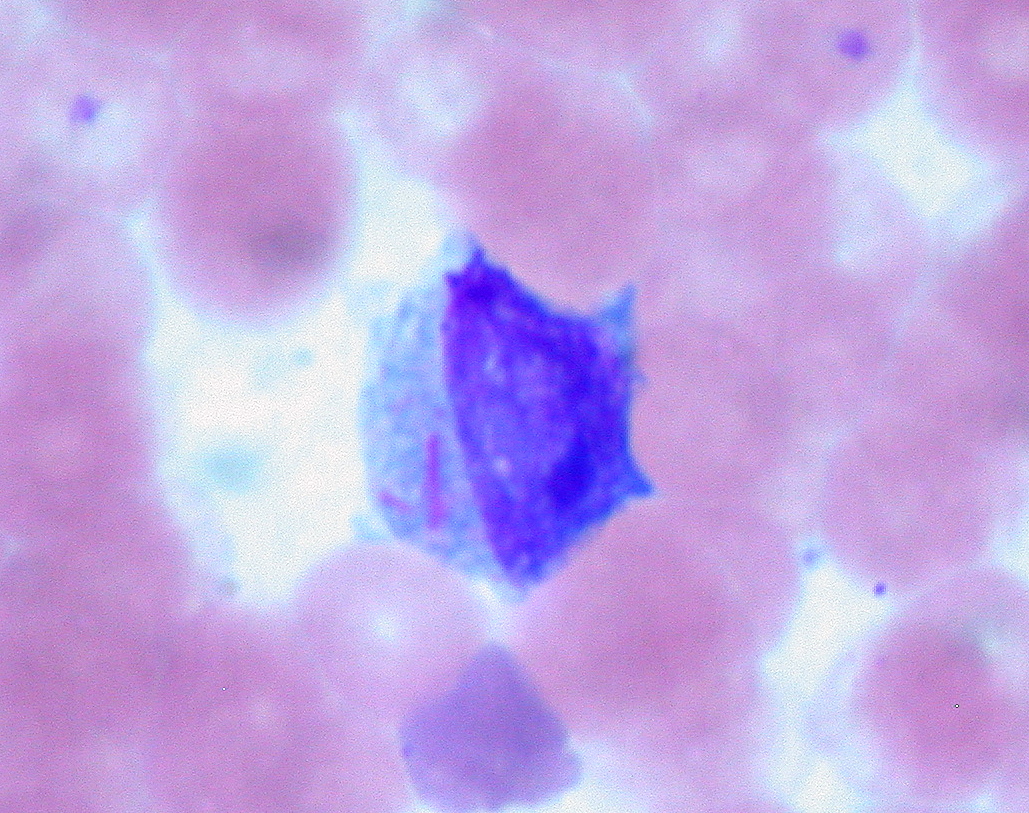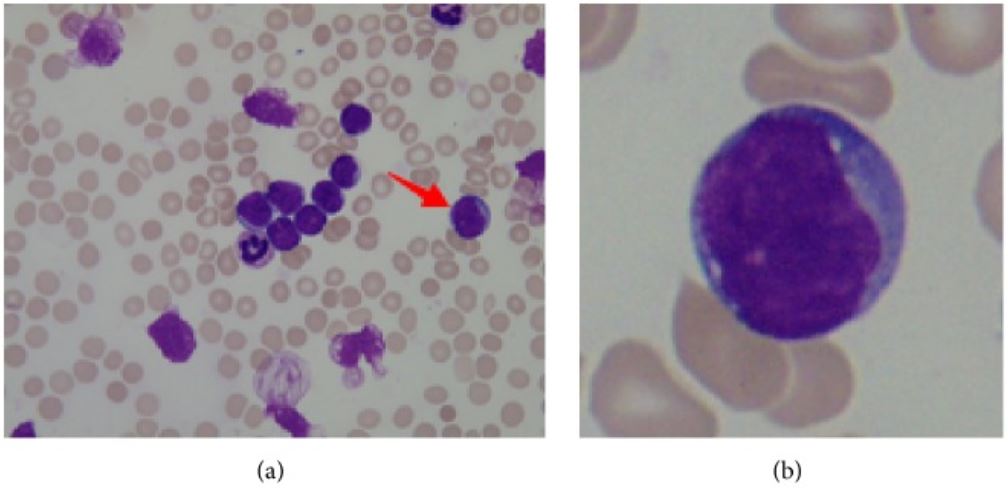Playlist
Show Playlist
Hide Playlist
Leukemia: Hematopoiesis – White Blood Cell Pathology
-
Slides Leukemia White Blood Cell Pathology.pdf
-
Download Lecture Overview
00:02 Next. 00:02 Well, the bone marrow here is what you’re looking at. 00:05 And so therefore, you’ll begin with what’s known as your pluripotent stem cell. 00:09 And with your pluripotent stem cell, you’ll take a look at on the left and you find giving rise to your lymphocyte origin. 00:16 On your left, lymphocyte. 00:18 Where am I? In the bone marrow. 00:20 What are you going to begin with? On the very top, a progenitor or pluripotent stem, stem, stem cell. 00:27 Depending as to what kind of factors come in, These stem cells are then going to differentiate into a lymphoid on your left or on the right, all will be myeloid. 00:36 The quick one here will be on the left. 00:39 If you’re dealing with ALL, the youngest age group of leukemias, these are lymphocytic and might have to be T-cells and B-cells. 00:47 That’s it. 00:48 Later on, we’ll talk about chronicity. 00:50 Obviously dealing with CLL. 00:52 There are only 2 types, T-type and B-type. 00:55 Now, I could tell you quite confidently that the type that you want to pay attention to, either B or T, will have to be a B. 01:01 And that’s a good thing. 01:03 I'll tell you why. 01:05 If unfortunately your patient goes on to develop leukemia as a child, you want it to or you’re hoping that it would be the B type. 01:13 You’ll see why. 01:14 The T type will kill the child. 01:16 B type, prognosis is good. 01:18 We’ll talk more later. 01:19 On the right, what kind of influences are taking place here? These are your granulocyte. 01:24 CFU stands for colony forming unit and with this, you have your granulocyte, monocyte and CSF. 01:31 So these are stimulating factors. 01:33 If you’re giving rise to your granulocytes, you’re thinking about your -- your thinking about your basophils, neutrophils and your eosinophils granulocytes. 01:42 And in granulocyte, you’re thinking about your monocytes. 01:46 What else are you giving rise to with the myeloid? If you take a look at the far right bottom portion, the 2 cells that we're giving rise to on the very right. 01:56 If you take a look at that cell, that’s a nucleated RBC. 01:59 So it’s an erythroid progenitor. 02:01 They might be thinking about normoblast, erythroid. 02:04 What is that going to give rise to? With the help of erythropoietin. 02:08 Right? Coming from the kidney, you’re going to give rise to your RBC’s. 02:12 What’s the one next to it? That’s your platelet/thrombo. 02:16 But what do you call this when it’s in the bone marrow? Megakaryocyte, megakaryocyte. 02:21 This then gives you TPO (thrombopoietin). 02:24 Do you see here clearly, everyone? You? That the myeloid lineage giving rise to many, many, many different types of cells. 02:32 You do want to know about the interleukins here? If it’s going to be interleukin-5, you give rise to eosinophil. 02:38 That’s important. 02:39 And then on the left here are the neutrophils and monocytes that I was referring to.
About the Lecture
The lecture Leukemia: Hematopoiesis – White Blood Cell Pathology by Carlo Raj, MD is from the course Leukemia – White Blood Cell Pathology (WBC).
Included Quiz Questions
Which of the following is responsible for the maturation and release of eosinophils from the bone marrow?
- Interleukin-5
- Interleukin-1
- Interleukin-2
- Interleukin-7
- Interleukin-9
Which of the given interleukin families stimulates the differentiation of multipotent hematopoietic stem cells into myeloid progenitor cells?
- Interleukin-3
- Interleukin-5
- Interleukin-17
- Interleukin-8
- Interleukin-1
Customer reviews
5,0 of 5 stars
| 5 Stars |
|
1 |
| 4 Stars |
|
0 |
| 3 Stars |
|
0 |
| 2 Stars |
|
0 |
| 1 Star |
|
0 |
Good explanation regarding the different cell lines as a basic knowlegde for the further leukemia types.





